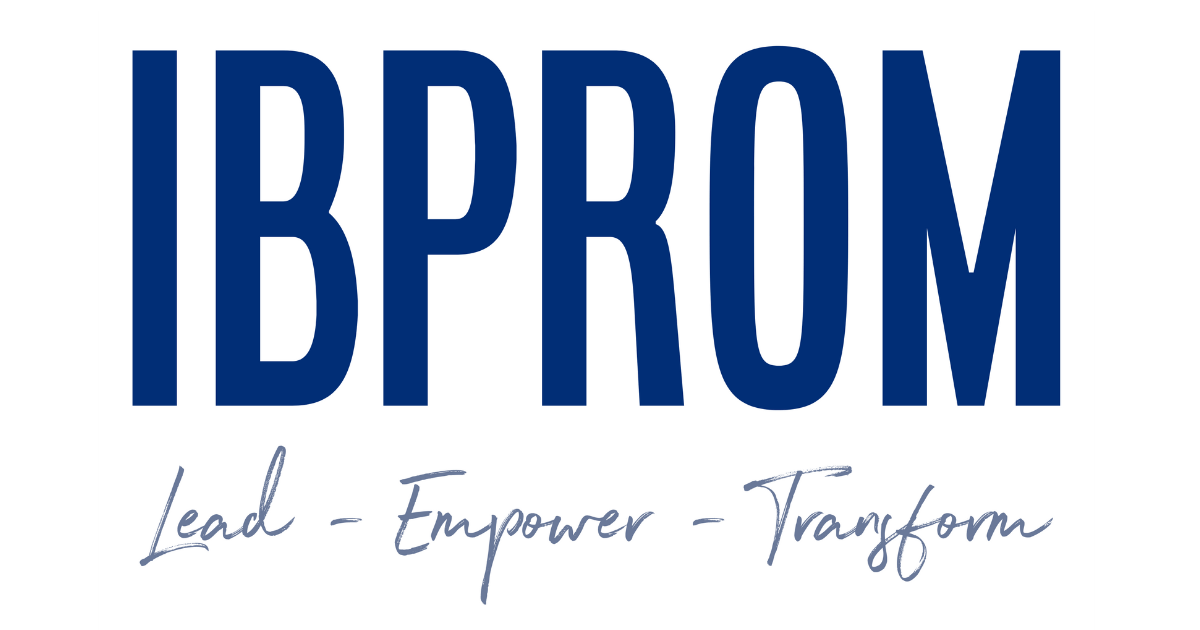Ask any arborist to judge the health of a tree, and the last thing they’ll tell you is, “Cut it down and see what’s happening on the inside.” Why? When you cut it down, you kill it. However, they can tell a lot about what’s happening with the tree’s health by what’s happening on the outside.
Many businesses approach their interactions with customers and employees in much the same way people try to answer the age-old question: which came first, the chicken or the egg?
We tend to shrug, right? Or, in a pile of hubris we claim to ‘know’ the answers. Yet, when you dig down a bit you’ll find there is no right answer. There’s no answer at all to the riddle. The point is often missed when you begin working feverishly to solve that riddle.
It’s the same way when business leaders or managers make a stand on what’s more important to the company’s overall health: the clients or the employees. Herein lies the crux: like the health of a tree, you can learn a great deal about it from the outside, but in order for it to be healthy, you’ve got to think about what’s happening on the inside.
Determining the Health of Your Team
What happens far too often in business today -especially businesses that are micromanaged- is every ounce of energy, time, and focus is almost exclusively devoted to understanding the customer. Yes, the customer is vital, but to what end? If you have a tree that appears healthy on the outside, but it’s rotting on the inside, guess what?
A strong wind coupled with some heavy soaking rains and you get a mighty crash as that beast topples over. Suddenly, it’s all-too-easy to see how rotten things were on the inside.
We can spend copious amounts of time and energy conducting surveys, accepting returns until the cows come home, giving refunds on a whim just because we’re terrified of a bad rating or review online, but if all we do is try to keep our fingers on the pulse of our clients, our customers, we will never be able to see the true health of our company.
The health of a company isn’t rooted in sales, high quarterly numbers, reports, or even positive reviews online. It’s rooted in our people. Our employees. Our team. A team makes up the entirety of a tree, in a sense. The roots, the trunk, and the branches all need to be healthy and strong. Then the leaves will be bright, shiny, and able to soak in the sun, which gives a tree its food.
So, how do we determine the health of our team? Leaders need to make a vested interest in finding out, getting to know them, determining how healthy, satisfied, or hopeful they feel about the present and future. One thing you don’t need to do is go chasing after how people feel regarding the past. Whatever happened in the company last year or even last week -so long as it was addressed directly and completely- needs to remain there. Anyone (and I mean anyone) who can’t let go of past missteps, miscues, or misunderstandings is not going to be bringing health and vitality to the team. They will actually do the opposite and it’s incumbent upon leaders to dig these issues out and make sure they don’t infect everyone else.
Now, there are several ways you can determine the health or your team (which will give you a solid idea about the health of your company).
1. Look at turnover.
When your company is doing well, there should be no reason you’re turning people over rapidly. If the revenue is solid, you wouldn’t have a need to lay people off, unless you’re trying to weed out problems, but they should be relatively few and far between. So, when you begin looking at raw numbers and notice high turnover, that’s a problem.
What I’ve seen far too many mid-sized and yes, even small businesses do these past couple of decades is view entry-level workers are ‘less valuable.’ Whether it’s fast food or retail or some other model, those people tend to be the ones who are the face of your business to the bulk of your clients, your customers. Paying them at the bottom of the barrel isn’t going to curb high turnover rates.
If you notice your average low-to-mid-level employee is only staying on board for six months or less, for example, what is that telling your customers? Maybe nothing. Or maybe it’s telling them that you’re not a great boss, the company can’t retain workers, and what’s even more pressing are the delays for your clients as new hires get ‘up to speed’ on processes and procedures, creating mistakes and problems for your bottom line.
The biggest thing you need to do is understand turnover, especially when it’s higher than it should be for a business like yours. Once you get a handle on turnover, then you can focus more on providing the level of service your clients deserve.
2. Survey your team members.
The absolutely best way to know the true health of your business (especially your team) is to speak to them directly. Now, I know a lot of people will shake their head at this and say, “Sure, like I’m going to say anything to my boss(es) so I can get fired. Or they can slam me with grunt work, or drive me to want to quit.”
There are numerous ways to go about assessing and surveying employees that won’t leave them feeling vulnerable. You can provide ‘anonymous’ comment boxes and encourage your team to submit information about their opinions, perspectives, challenges, what they like, what they don’t like, and even complaints they may have about you or another supervisor or coworkers.
There are many so-called ‘leaders’ in business (most of them business owners, managers, executives, so I’m using the term ‘leaders’ loosely here) who are wary of conducting anonymous commenting from their staff. Why? Probably because they know what will be said and they just don’t want to hear it.
However, if you truly want to gauge how healthy your business is, how adjusted, content, or satisfied your staff are, this is a great way to find out. Yes, people will tend to sugarcoat things, hide their true feelings for fear of reprisal, and allowing them a safe space to vent and share their honest thoughts empowers them.
You may not like what you hear or read. As a leader, you need to deal with it because -while you can’t please everyone all the time, and trying is only going to break you down and wear you out- the more you learn, the stronger your team can become. When that happens, you’ll end up with a healthier team.
Along with comment boxes, you can also send out anonymous surveys occasionally.
3. Talk to your team.
One of the more time consuming, yet powerful ways to know what your team is like, how they’re dealing with the work, and how they view the health of the company is to talk to them. Spend time with them.
There are business executives, owners, and ‘bosses’ who don’t want to bother, especially when you have a large workforce, and while I’m not advocating that you spend tons of time on this, a little here and there can make a world of difference.
Okay, so how do you do this? It depends on the company you have, where you workforce is located, etc. If you have an office, walk through the office, the cubicles, poke your head into office rooms and say hello. Spend a little money and get your team lunch one afternoon. Have it brought to the office and mingle with your employees while they enjoy some downtime.
If your workers are in a factory, show up there for more than an inspection. Be willing to get dirty and talk to your employees. You might not know their names, and you may not remember them for long, but you’ll glean a great deal of information from them during these spontaneous visits. Plus, it’ll show your employees that you’re a ‘real’ person, a genuine leader who actually cares about them and their needs. You’ll also be able to see where there are gaps in support, problems in customer service, or how some people are frustrated by the rules, expectations, or workload, for example.
The more you’re able to devote to your team directly, the more you’ll learn. The more you learn, the more accurate you’ll be when it comes to determining the health of your company from the inside.
4. Learn from your customers.
You can learn about how your employees are doing and the health of your company from reviews and surveys your customers submit. Often, people will only leave reviews (online these days) if they’re completely thrilled with the service or products, or aggravated beyond measure.
When you take this route, you need to understand where your customers are coming from and that the majority of ‘satisfied’ but not thrilled customers are not willingly out there leaving reviews.
So, you can put together survey requests, offering them a discount or special offer when they fill it out. Try to gain insight into how they view the company, the employees, and the health of your business.
Remember, when a tree is unhealthy, you’re going to notice it from the leaves, its piney needles, and its fruit. Your customers, your clients are a wonderful gauge for the health of your business, if you’re willing to ask the right questions.
Take Care of Your Employees
The key point I’m making here is, while many business owners and managers focus on their customers as a top priority, they miss a vital piece of the puzzle: their employees. I recently talked to a former colleague who reminded me of a quote by entrepreneur Richard Branson: Clients do not come first. If you take care of your employees, they will take care of the clients.'' She is absolutely right. Too many managers lose sight of this fact.
Customers are often put ahead of employees, yet it should be the opposite. They shouldn’t be last by any stretch of the imagination, but they should not come before your employees.
It’s time to solve the riddle in the business world: which came first, the chicken or the egg?
It doesn’t matter, but without a healthy egg, you won’t have a healthy chicken (or any chicken at all). Without a healthy (emotionally, mentally, etc.) workforce, your customers will pay the price, and the health of your business will decline.
So let’s take care of our employees. Let’s make sure they’re doing well. Let’s make sure they’re ‘healthy’ in the business sense. And when you do, you’ll see the rewards through your customers, not in spite of it.








